
Bata Shanren, Zhu-Da (1626-1705)
 |
Probably
the most madly talented, with real name of Zhu Da, |
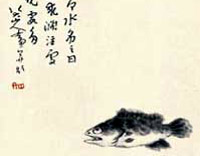 |
|
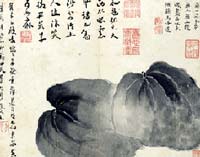 |
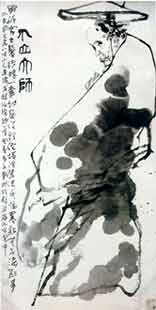 |
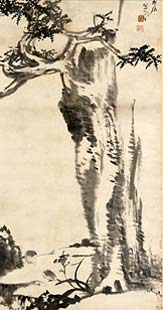 |
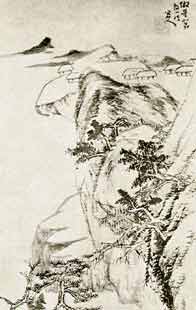 |
Reportedly,
in 1680 he |
Between 1681 and 1684 he called himself Lu (‘donkey’ or ‘obstinacy and dumpness ’), a derogatory name for monks, or Lu-hu (‘donkey house’); from 1684 onwards he called himself Bada Shanren (‘Mountain man of eight greatness’). Zhu Da adopted other names throughout his life, many reflecting his state of mind or his loyalty to the Ming dynasty.
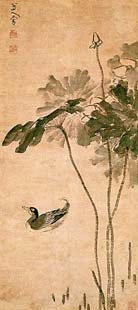 |
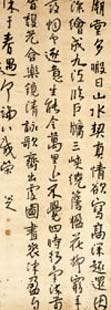 |
 |
 |
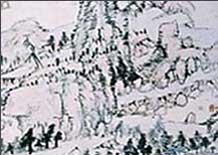 |
Zhu Da developed
a school of freehand brushwork in traditional Chinese painting and became
an outstanding painter and Taoism believer. The individualism
of his ink paintings of flowers,
birds, fish, and landscapes appealed to the Japanese, and
his style has become synonymous with
Zen painting in Japan. His brushstrokes, which seem free and
careless at first glance, are filled
with vitality and descriptive power. His works may be seen at the
British Museum; Freer Gallery, Washington, D.C.; and Museum
of Fine Arts, Boston.
E-mail Nell , 07/06/2003